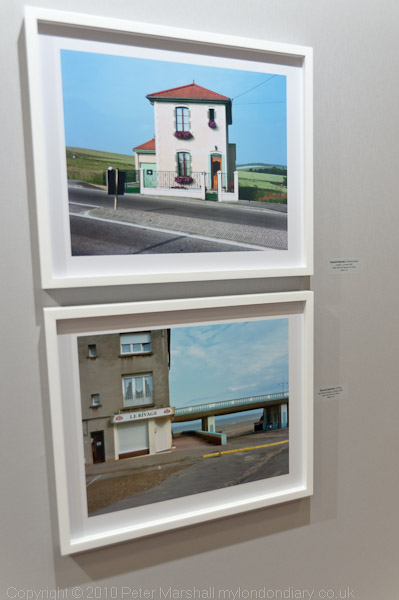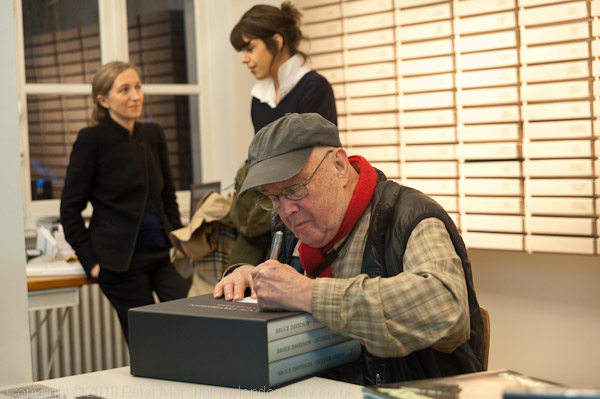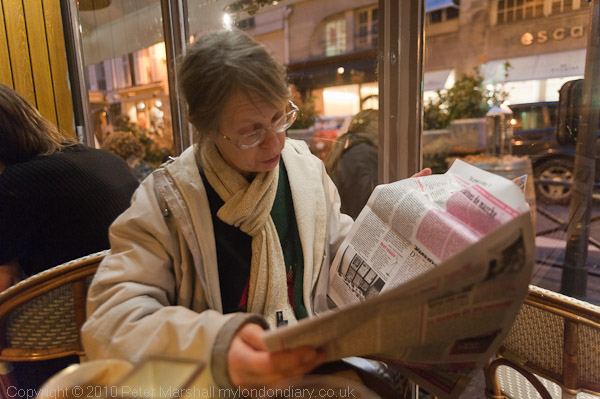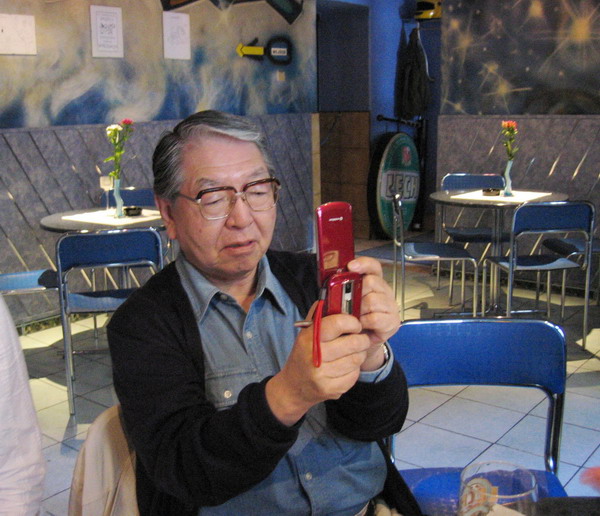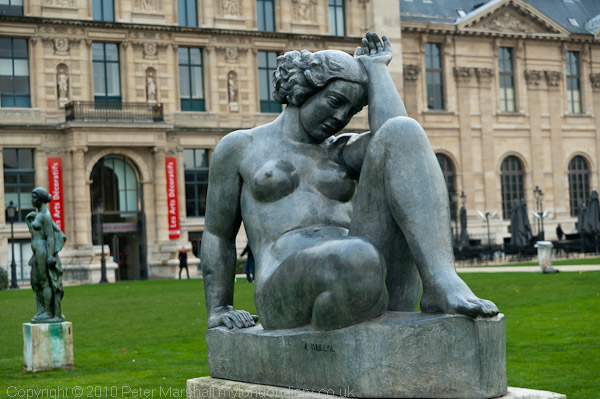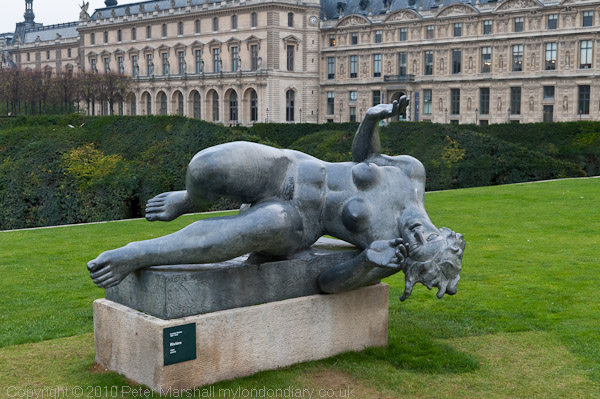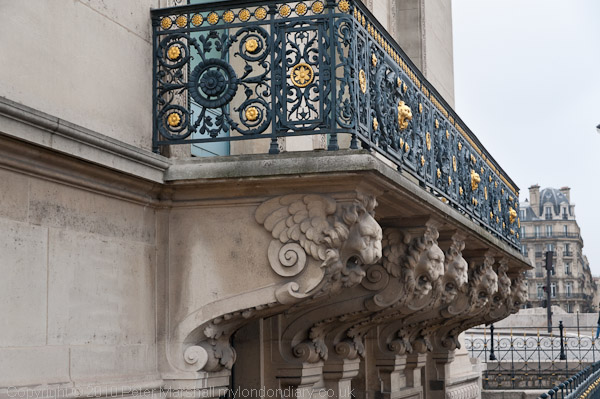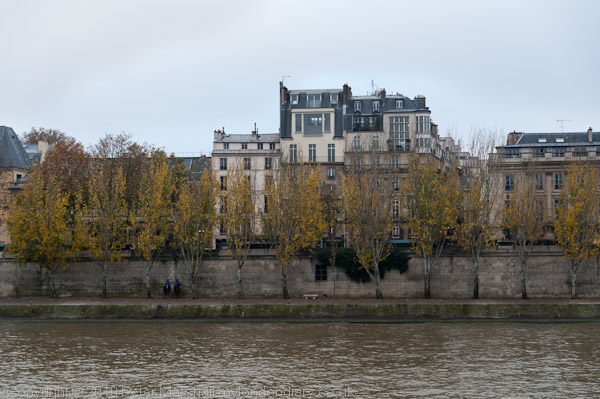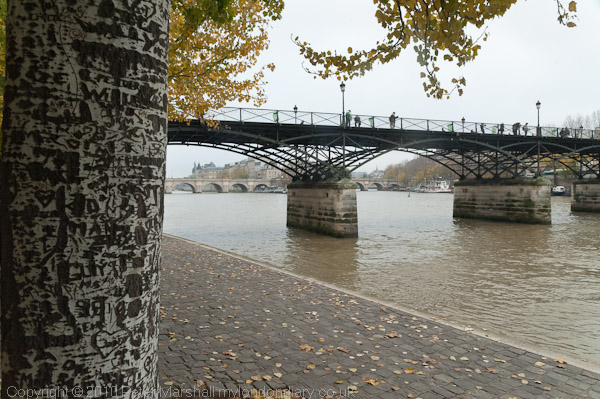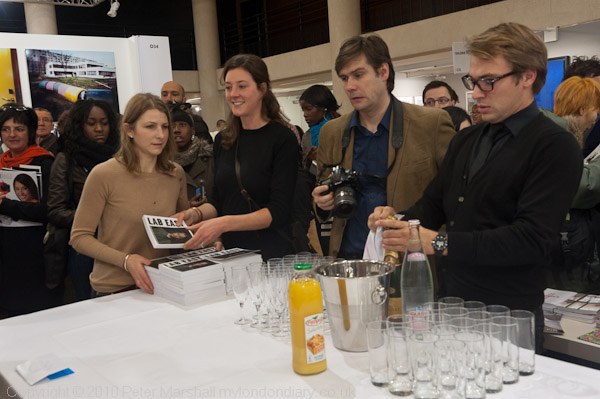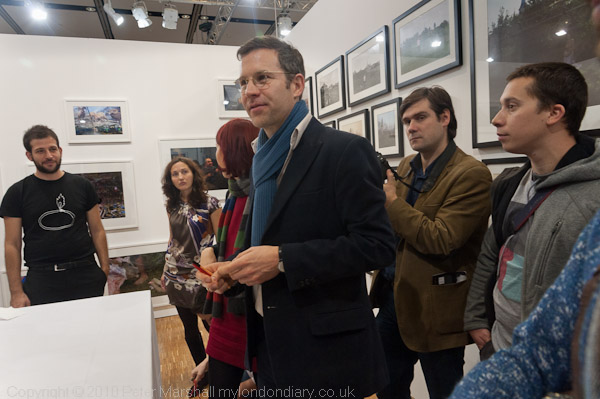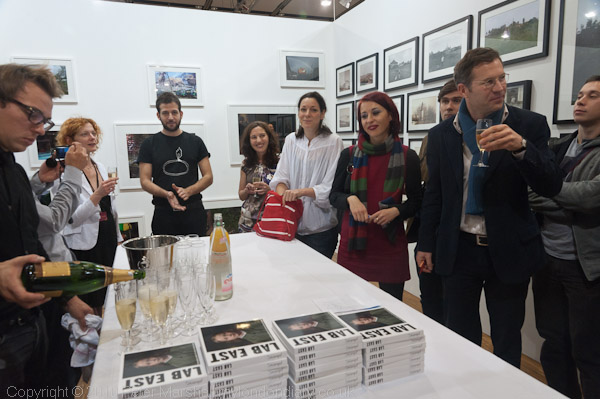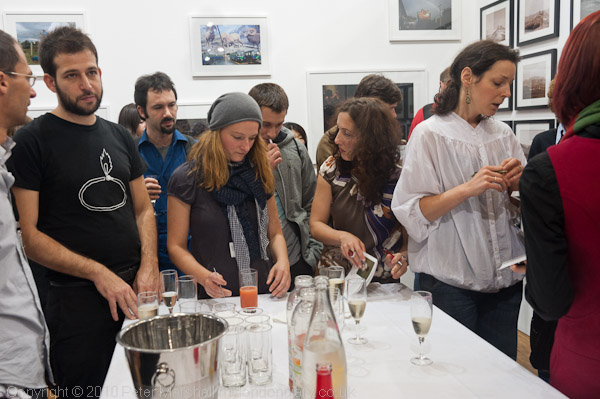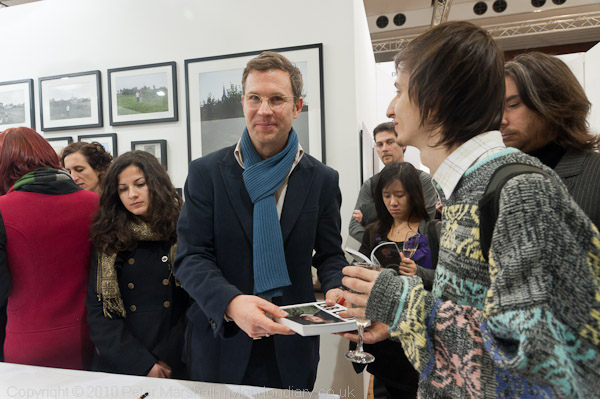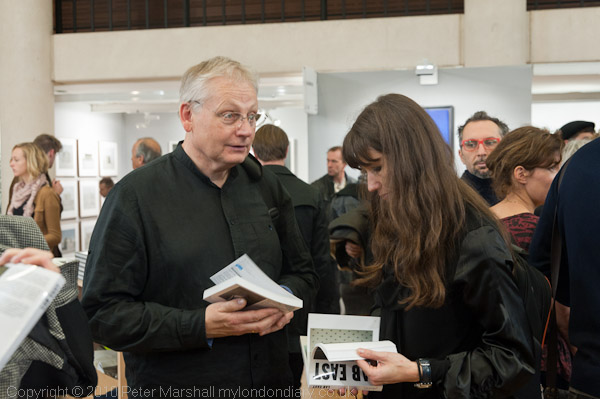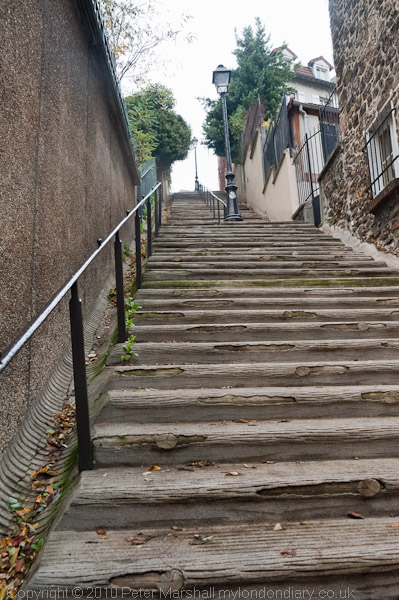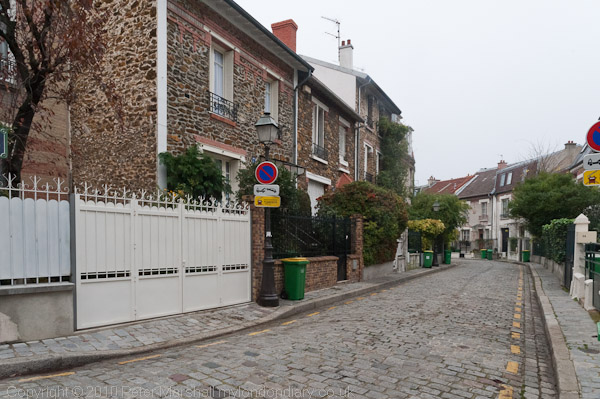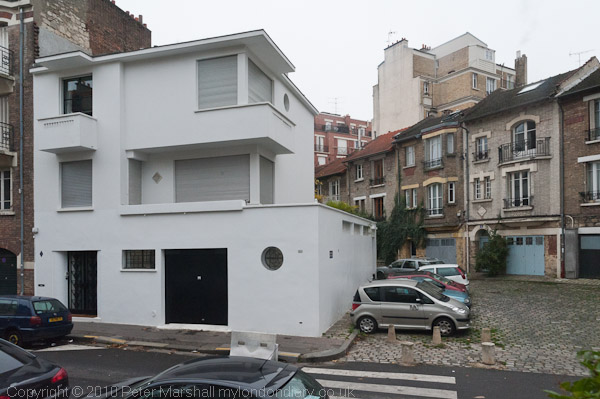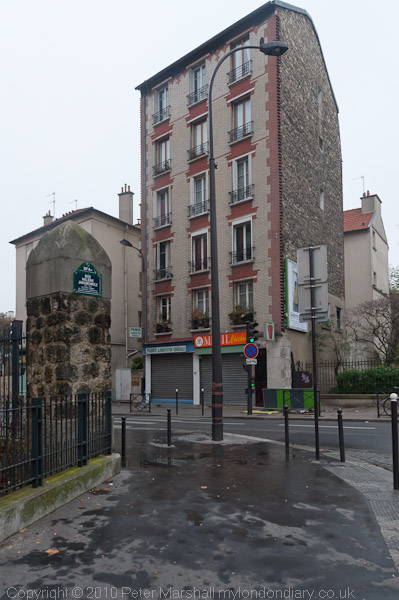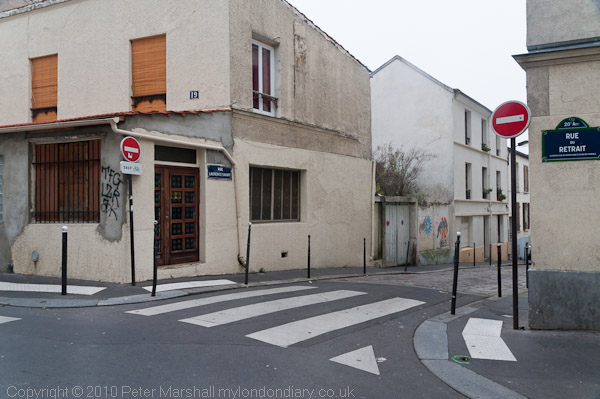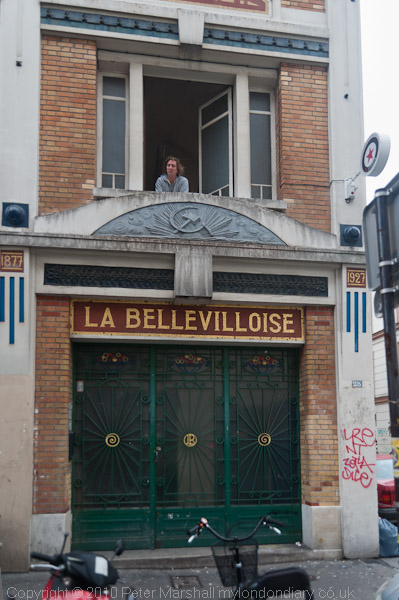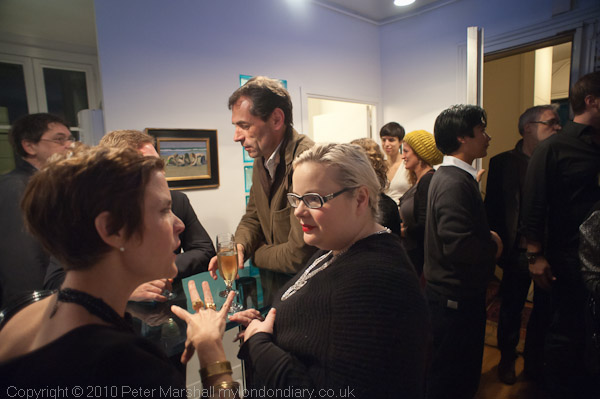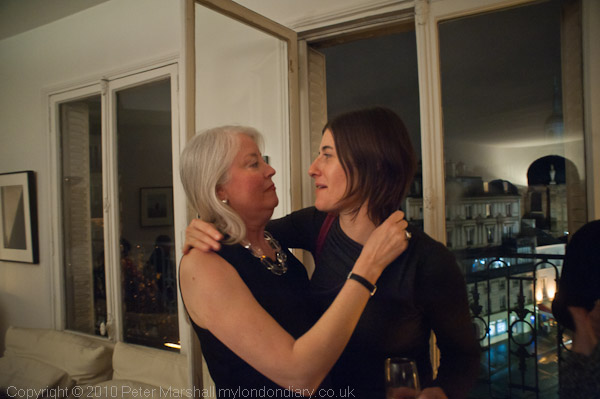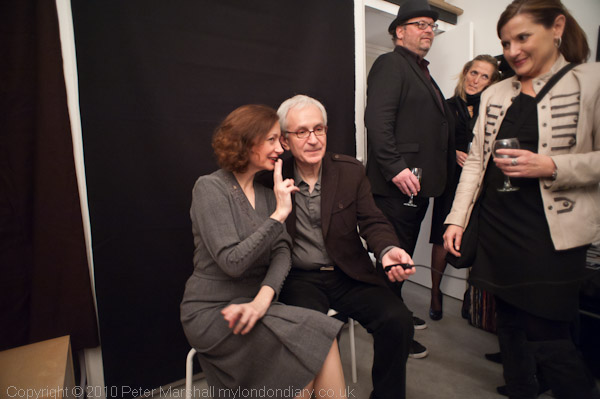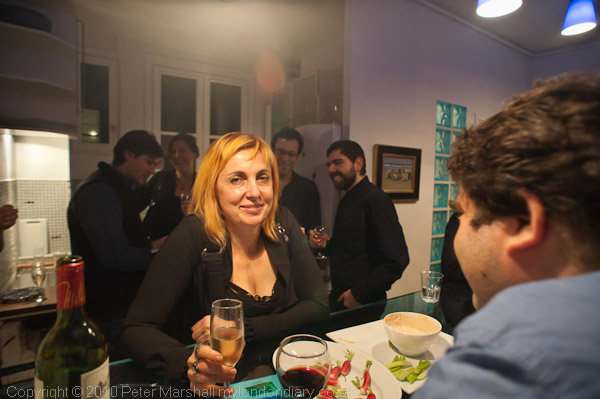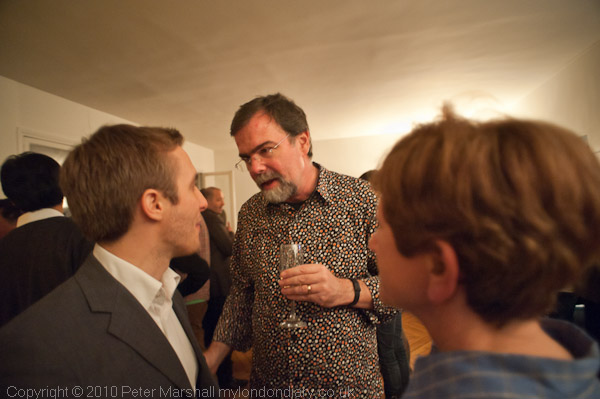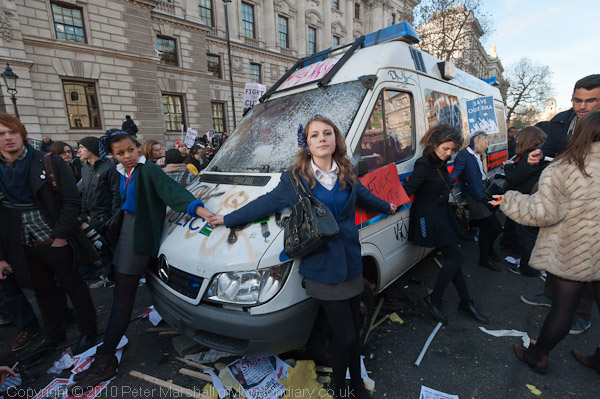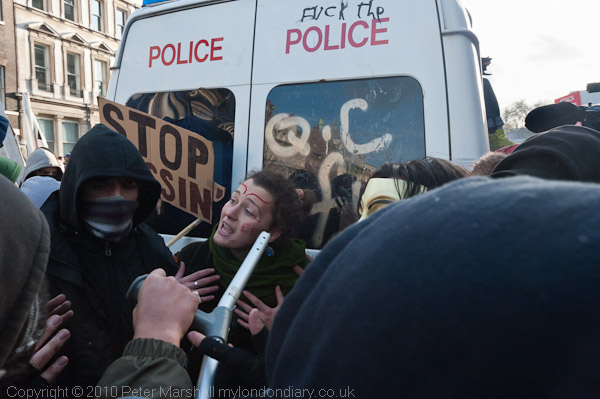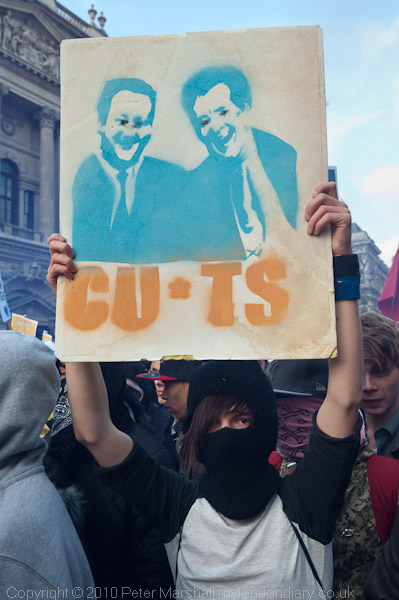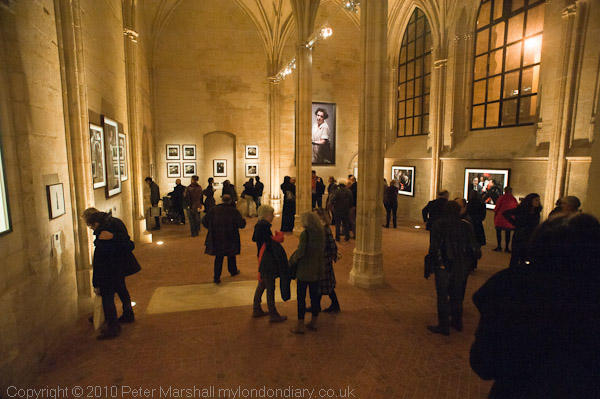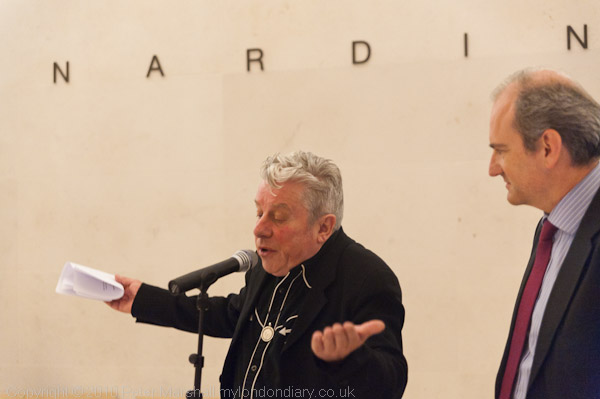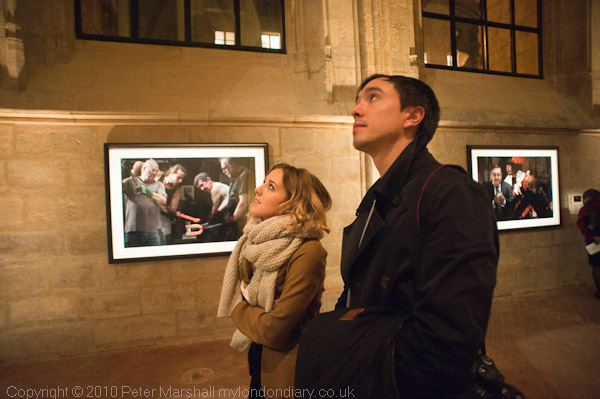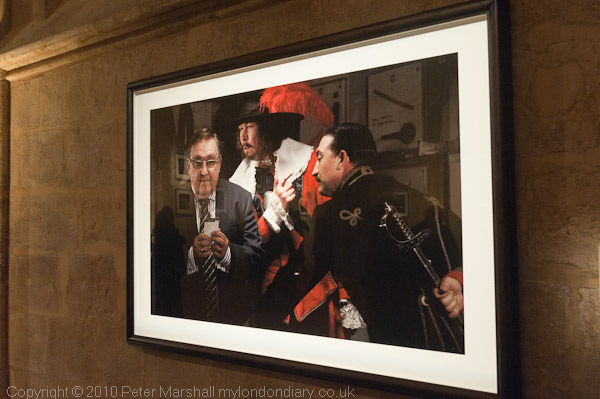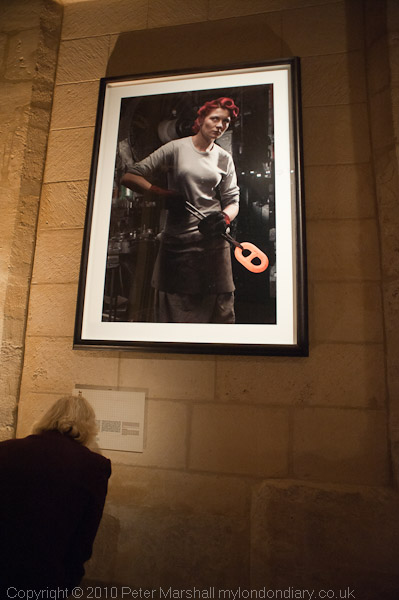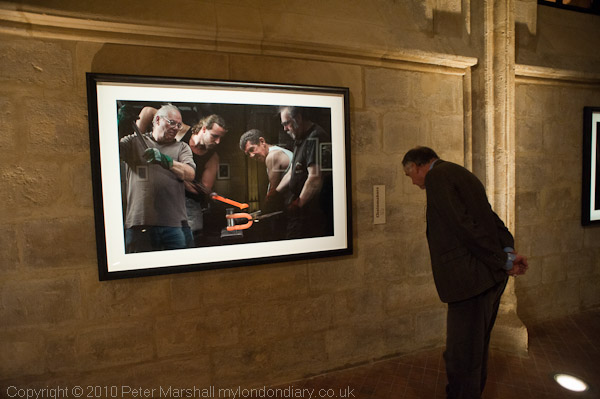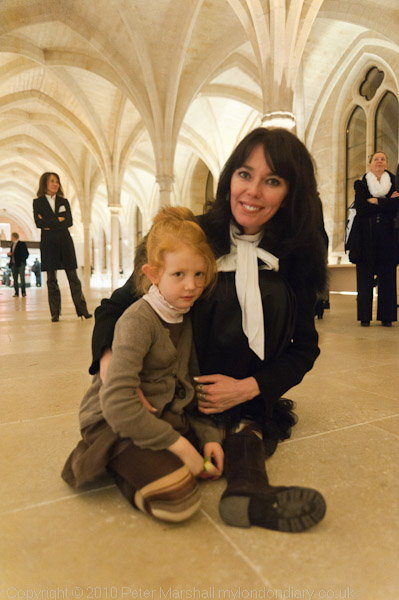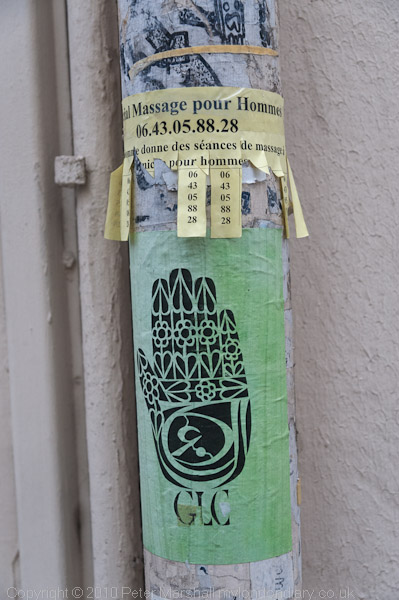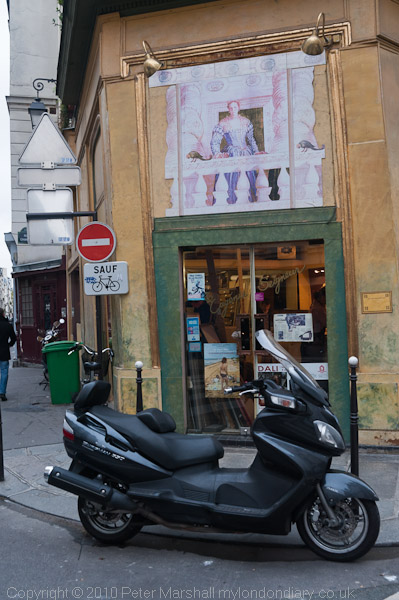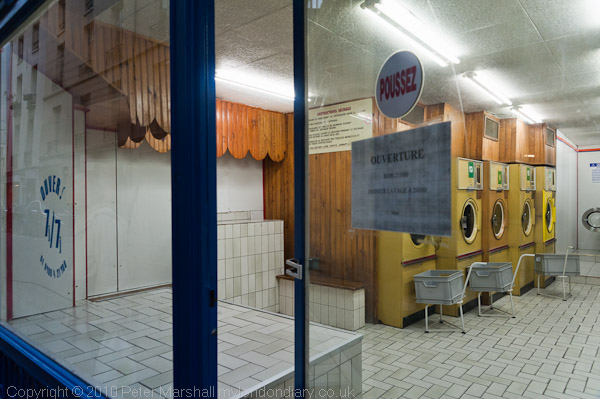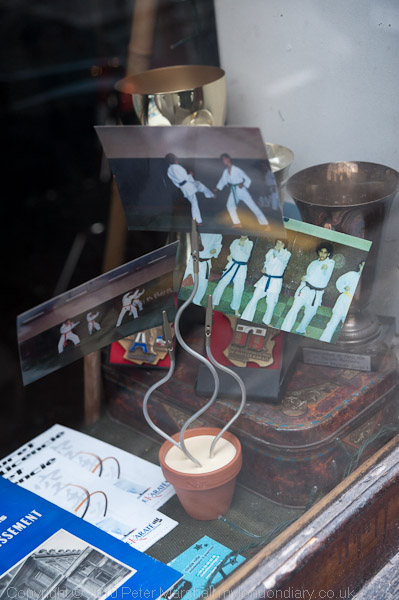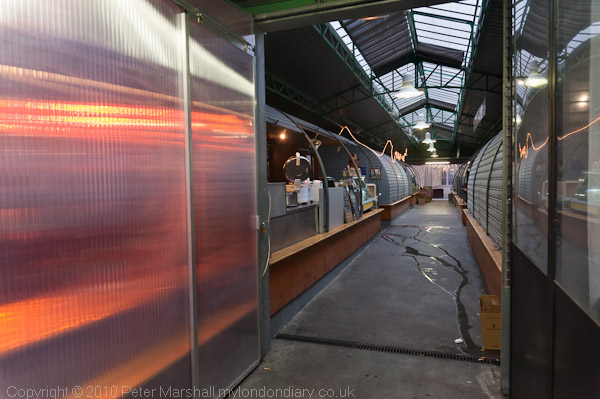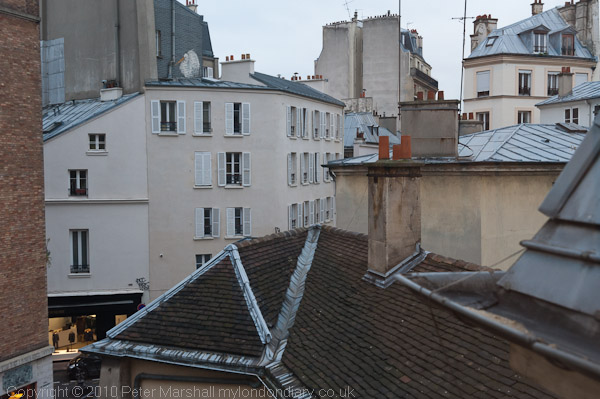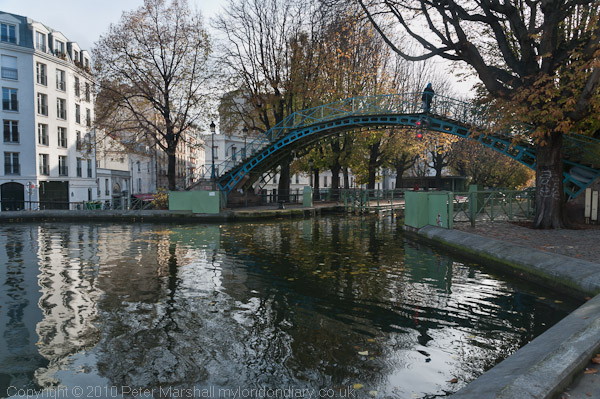
One of my favourite parts of the Canal St Martin in the 10e
One of the more enterprising parts of the Mois del la Photo-OFF was the ‘Parcours Photographique‘ close to the Canal St Martin, with pictures from the recently published book ‘Street Photography Now‘ (see Photographers Social) displayed in shop windows in the streets around the Rue de Lancry. Many tourists will know the area for the lock and the Hotel du Nord just across the canal.
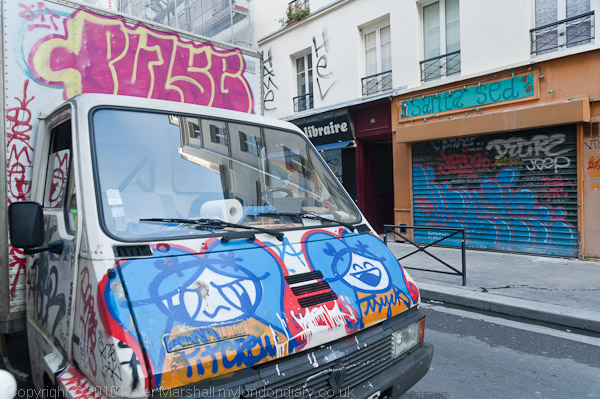
rue des Vinaigriers
It’s an area I’ve photographed in on most of my visits to Paris, and for many years I’ve had a salted paper print of a street corner also just across the canal on my wall at home, and it has been published a few times too.
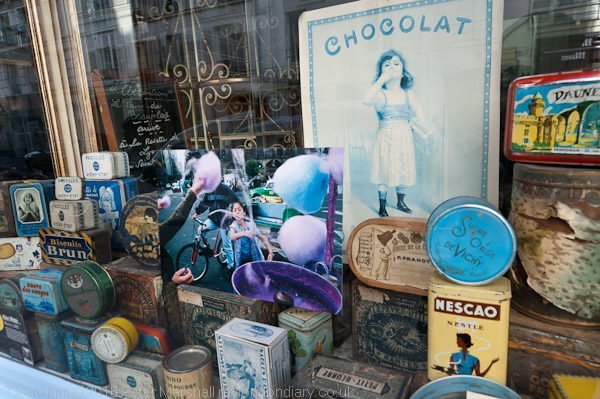
Alex Webb picture in ‘Du Pain et des Idées, rue de Marseille
The 18 pictures in the show were displayed in the windows of 15 shops – fashion shops, cafes, a hairdresser, an art book shop, a gallery etc all within a few hundred yards of each other. The description on the Photo-Off brochure stating that this show was open “tous les jours 24h/24h” was unfortunately not correct, as we arrived before some of the shops were open and had to walk around a bit until some of the shutters were raised.
It was a nice idea, and certainly was good at raising interest, and there were several small groups of young photographers walking around searching for the pictures and taking photographs of them in the windows while we were there. This was much easier once we had collected the map for the shop from the Librarie Artazart on the Quai de Valmy.
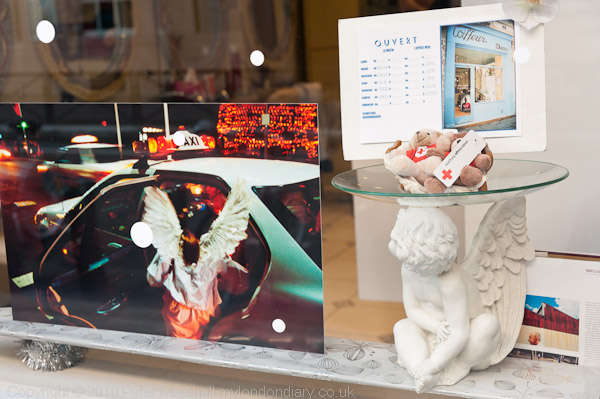
Narelle Autio in Salon de Coiffure, rue de Marseille
The photographs for the show had in some cases been carefully chosen for the locations in which they were displayed, while others seemed rather arbitrary choices, presumably because there was no obviously suitable location. Some were displayed so that they could be easily seen, but others were made difficult to view because of the reflections in the windows, but of course the photographs I took exaggerate the problem.
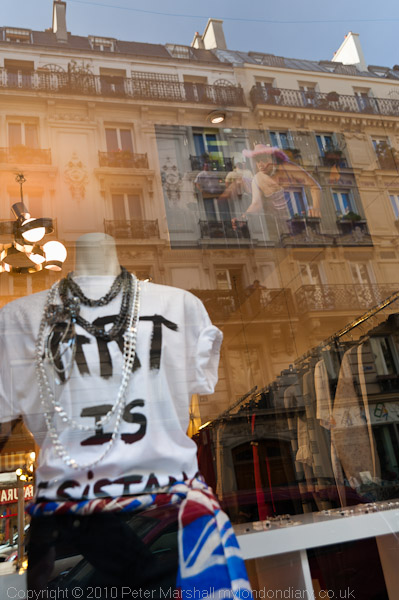
Maciej Dakowicj in Boutique Liza Korn, rue Beaurepaire
I found it hard to concentrate on the photographs, because so often the streets themselves were rather more interesting. Many of the others going round were also carrying cameras and taking pictures, so the event was certainly promoting photography on the streets (though I’m unsure whether or not this is street photography.)
So as an event – and one that attracted some publicity in various magazines etc – it was certainly a success, but it would really have been nice to have a more conventional exhibition too. It’s perhaps a pity that they could not have used one of the galleries or empty shops in the area as well for this purpose. Of course that would have added costs – but also there is an inflexibility in the Photo-Off as exhibition ideas have to be submitted a long way in advance.
As we came to the end of the trail, there was even an event on the street for me to photograph. First I saw a group of men with drums and long trumpets emerging from the back of a van:
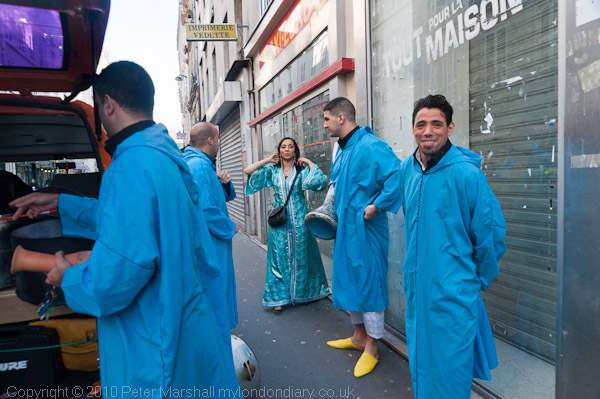
then, a few metres down the street, what looked like a party on its way to a wedding, but with only a bridegroom and no bride.
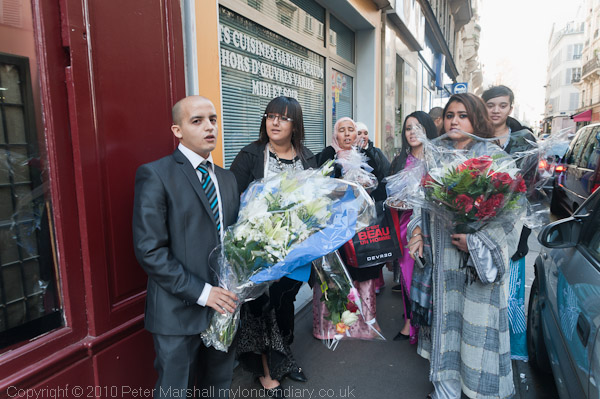
The two parties joined up and walked down the street to stand outside a doorway leading up to the housing above the shops, and started some music and dancing.
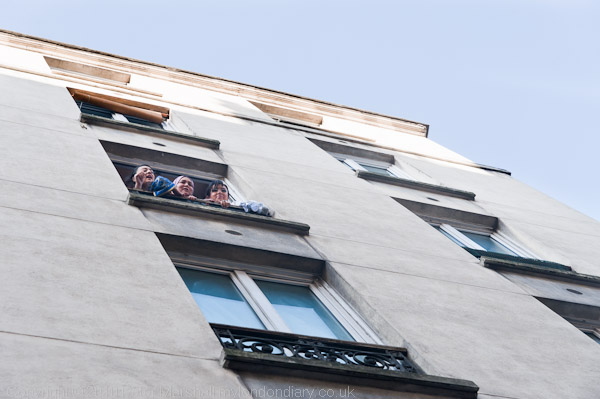
Three women’s heads came out of a third floor window to watch them, and after some more singing and dancing, a woman and child came down to the door to invite the party in. I decided it was time for me to leave them.
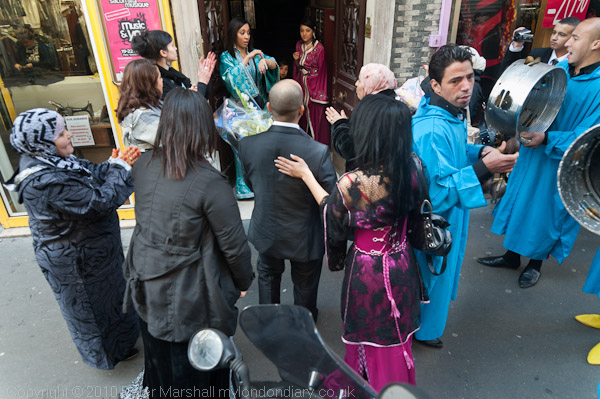
More pictures from our walk around the 10e and Street Photography Now as well as this event on My London Diary.
UPDATE:
PARIS PHOTO SUPPLEMENT is now on MY LONDON DIARY
- Wednesday
- Thur am: 9e, 2e & Paris Photo
- In the 3eme
- Brian Griffin – The Black Country
- Jim & Millie’s Party
- Wandering in the 20e
- Lab East at Paris Photo
- To Saint-Germain-des-Prés
- Montmartre at Night
- Street Photography in the 10e
- Guided tour of the Photo-OFF
- Dinner at Chartier
- The Marais
- BnF and FIAP
- Monday Wandering

